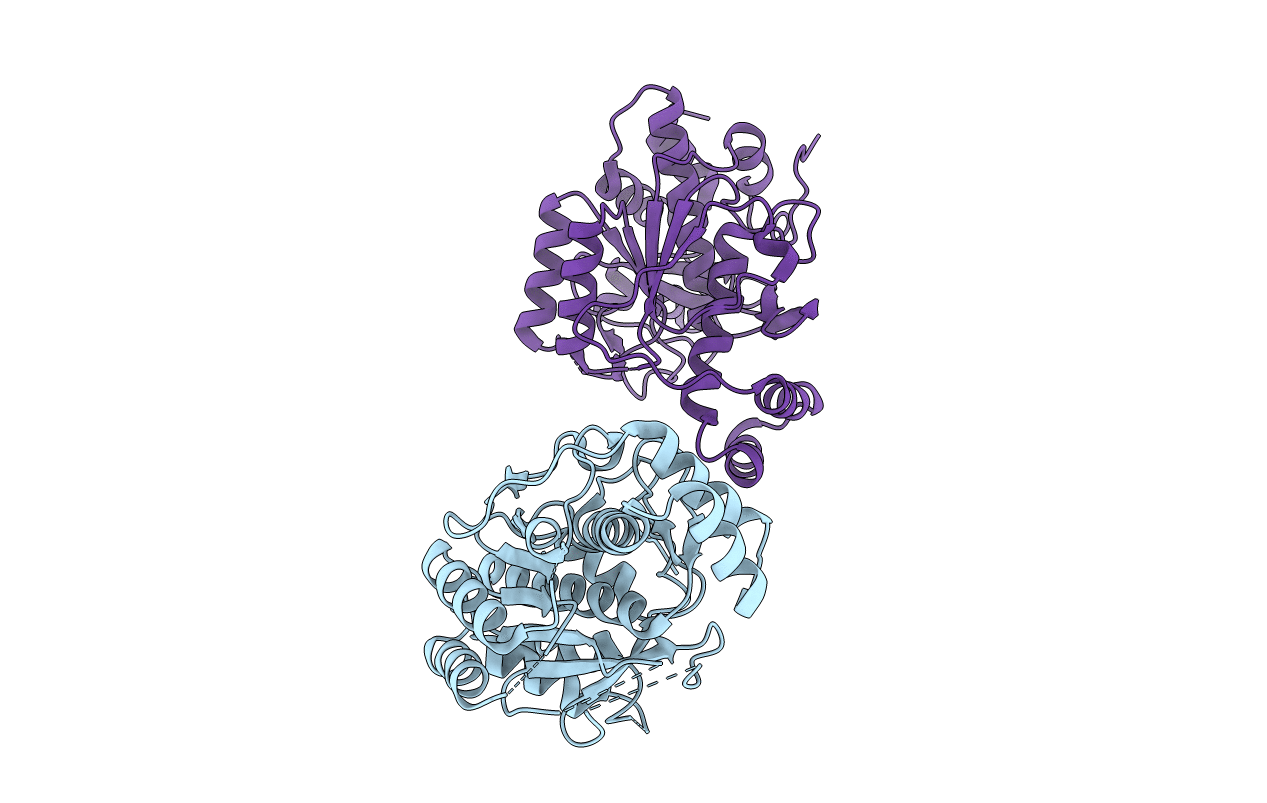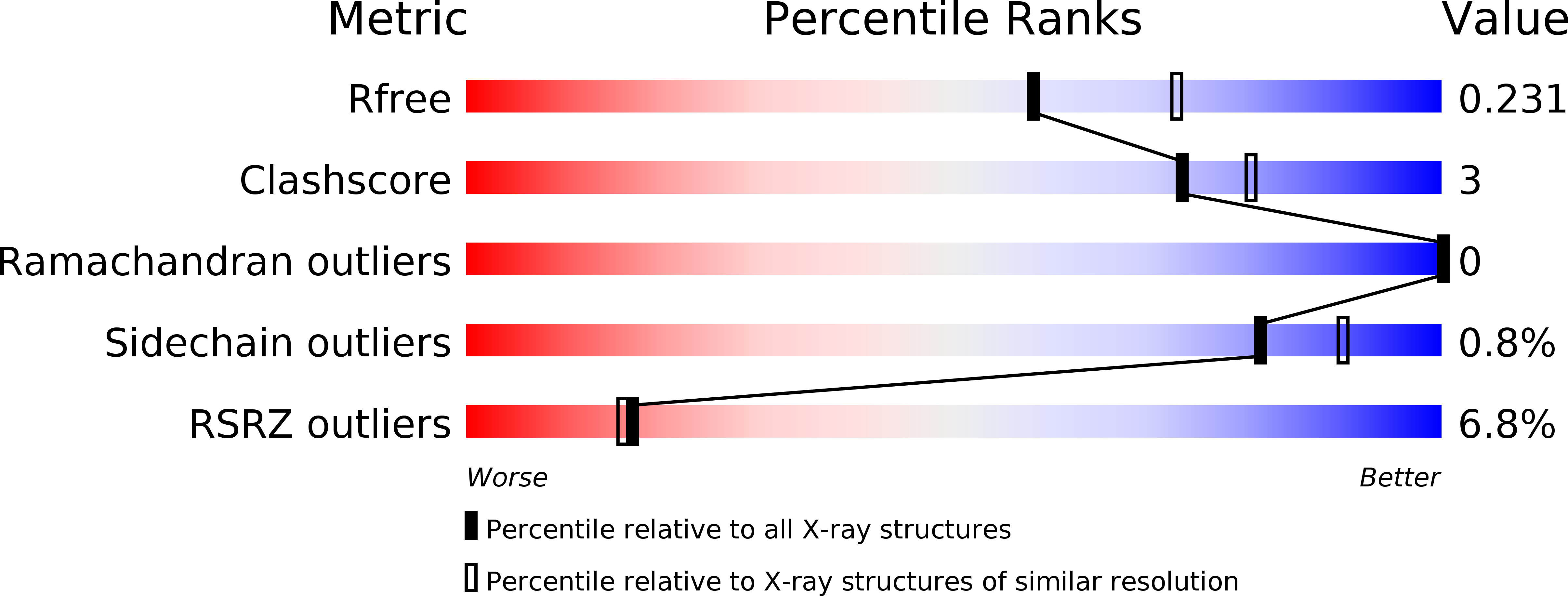
Deposition Date
2012-02-28
Release Date
2012-07-18
Last Version Date
2024-10-23
Method Details:
Experimental Method:
Resolution:
2.19 Å
R-Value Free:
0.22
R-Value Work:
0.20
R-Value Observed:
0.20
Space Group:
C 1 2 1


